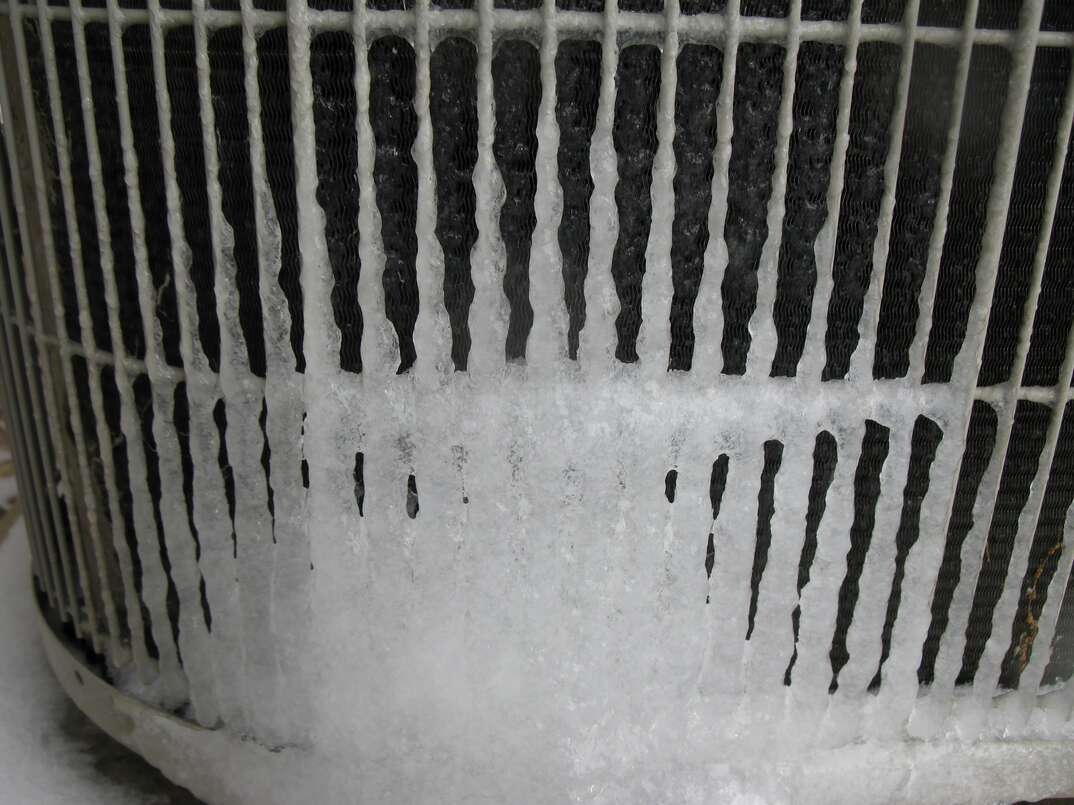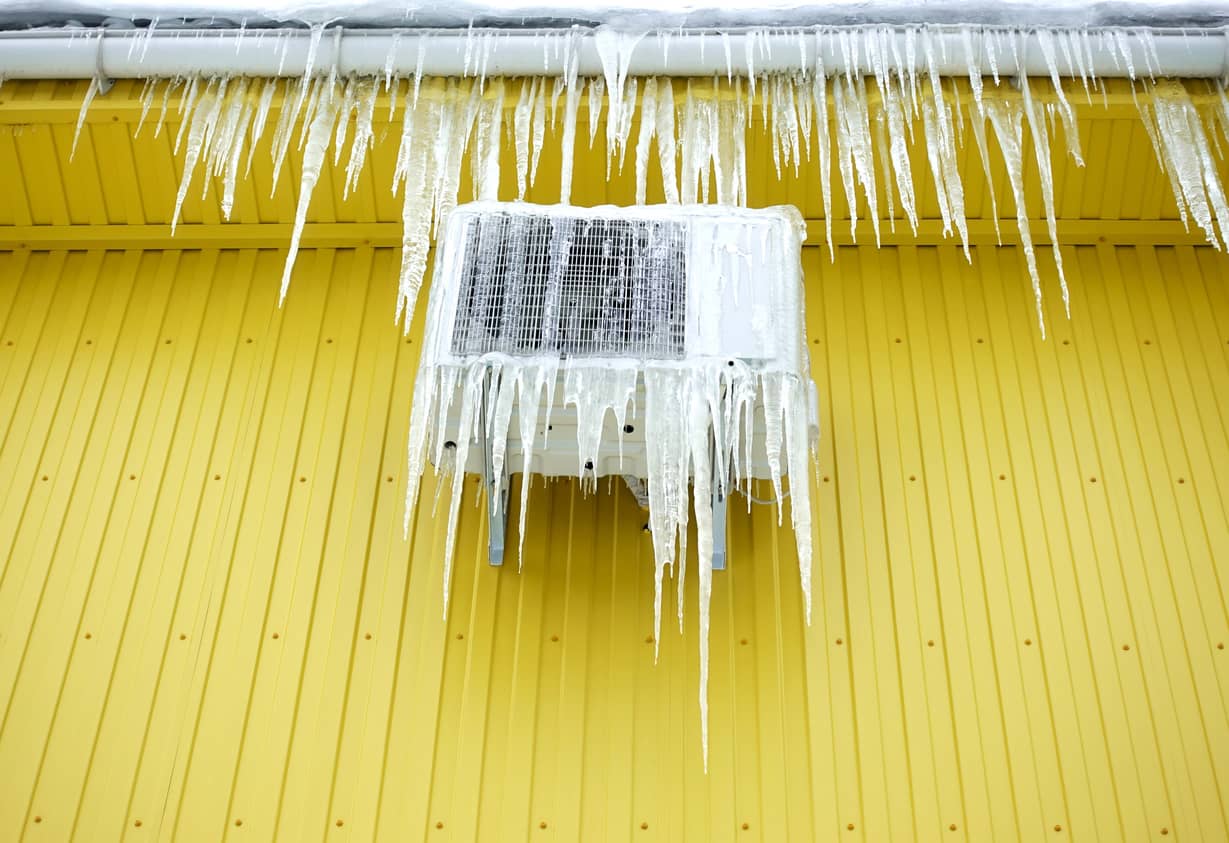Steps to Follow If Your AC Pipe Gets Frozen: Crucial Advice
Steps to Follow If Your AC Pipe Gets Frozen: Crucial Advice
Blog Article
The content following next relating to How can I fix an air conditioner’s frozen pipe? is pretty much remarkable. Give it a go and draw your own results.

Intro
Finding that your air conditioning pipe is frozen can be worrying, specifically throughout hot summer months when you depend on your a/c one of the most. Comprehending what to do in such a circumstance is essential to prevent additional damage to your cooling system and guarantee your comfort inside.
Understanding the Causes
A number of factors can contribute to the freezing of an air conditioning pipeline. Recognizing these reasons can help you deal with the problem effectively.
Lack of Airflow
One typical root cause of an icy air conditioning pipe is inadequate air flow. When the air flow over the evaporator coil is restricted, it can trigger the coil to drop below freezing temperature, resulting in ice formation on the pipe.
Reduced Refrigerant Levels
Insufficient cooling agent degrees in your air conditioner system can additionally lead to a frozen pipe. Reduced cooling agent levels can trigger the pressure in the system to go down, causing the freezing of moisture on the evaporator coil.
Winter Conditions
In chillier climates, freezing temperature levels outside can contribute to the freezing of AC pipelines. If your AC device is not correctly shielded or if there are leaks in the ductwork, cool air can infiltrate the system, creating the pipe to ice up.
Dirty Air Filters
Dirty or clogged up air filters can restrict air flow in your air conditioner system, resulting in numerous issues, including an icy pipeline. It's necessary to replace or clean your air filterings system routinely to make certain correct air movement and stop ice buildup.
Indicators of a Frozen Air Conditioning Pipe
Identifying the indications of an icy air conditioner pipeline is critical for timely activity.
Minimized Airflow
If you notice a considerable reduction in air movement from your vents, it could suggest an icy pipeline.
Ice Buildup on the Pipe
Visible ice accumulation on the cooling agent line or the evaporator coil is a clear indicator of an icy air conditioner pipe.
Odd Sounds from the Unit
Uncommon sounds, such as hissing or bubbling, coming from your air conditioning system can indicate that there's ice existing on the pipe.
Immediate Actions to Take
When faced with a frozen AC pipe, it's necessary to act rapidly to prevent further damages to your air conditioning system.
Shutting off the AC
The first step is to switch off your a/c unit to prevent the system from running and exacerbating the problem.
Checking for Blockages
Inspect the location around the indoor device for any kind of obstructions that might be blocking airflow, such as furnishings or curtains.
Thawing the Pipe
You can utilize gentle approaches like positioning towels soaked in warm water around the frozen pipe to help thaw it slowly.
Preventive Measures
Taking preventive measures can help avoid future occurrences of a frozen AC pipeline.
When DIY Methods Fail
If your efforts to thaw the pipeline or address various other problems are unsuccessful, it's time to contact a professional.
Importance of Hiring a Professional HVAC Technician
A licensed HVAC specialist has the know-how and tools essential to detect and repair concerns with your a/c system safely and effectively.
Normal Maintenance Checks
Arrange normal maintenance consult a specialist HVAC specialist to make certain that your a/c system is running efficiently.
Transforming Air Filters
Frequently replace or cleanse your air filters to avoid air movement limitations and keep optimum performance.
Protecting Exposed Pipes
If your AC pipes are subjected to cool temperatures, think about protecting them to avoid cold throughout cold weather.
Seeking Professional Help
If DIY methods fall short to settle the concern or if you're unclear concerning just how to continue, it's finest to look for support from a qualified HVAC specialist.
Final thought
Taking care of a frozen air conditioning pipe can be a frustrating experience, yet recognizing exactly how to respond can aid decrease damage and restore comfort to your home. By comprehending the causes, acknowledging the indications, and taking prompt activity, you can efficiently resolve the problem and avoid future events.
Frozen AC Line: Why It Happens & What To Do About It
A frozen AC line can be a rather peculiar sight in a place like Phoenix, Arizona where nothing ever freezes. In this post, we’ll discuss what makes an air conditioner line frozen – and what you can do about it.
Dirty Air Filters
Did you know that you should be cleaning or replacing your air filters on a monthly basis? Failing to do this can result in airflow issues that, in turn, cause your evaporator coils and lines to freeze over. You’ll notice a buildup of ice on both components, although the buildup on your pipes will, of course, be more evident unless you open your air condition up to reveal the coils.
What To Do About It
Give your air filter a good cleaning if it’s reusable. If not, replace the filter outright. Next, switch your air conditioner’s fan setting on and leave it there for 2-3 hours. This will draw warm air in, helping to thaw your evaporator coil. You can also check out this article for some tips on cleaning the coils themselves if you’d like to speed the process up. Before you switch the unit back to its normal state, make sure the supply vents are completely unobstructed and free of dust or other debris.
If you keep having this issue even after replacing your filters regularly, contact a local HVAC repair company and have them inspect your evaporator coil, ductwork, and any other components that may be at fault. If you live in the Phoenix, Arizona area, give American Home Water and Air a call.
Low Refrigerant Levels/Leakage
What To Do About It
Contrary to what air conditioner “recharge” companies often tell their clients about refrigerant, it should never need to be simply refilled. You see, refrigerant runs in what experts refer to as a “closed loop.” Refrigerant really shouldn’t be leaving that loop. If it is, you’ve got a leak.
Paying someone to come and pump more refrigerant into your system (aka “recharge” it) isn’t the solution. Doing that will simply kick the can down the road. Besides, refrigerant leaks can be harmful to the environment and people in your home.
Rather, you need to take care of the leak with the help of a technician. Check out this article for some more information about dealing with air conditioners that are leaking refrigerant. Before you contact a technician, switch your thermostat to the off position. Then, switch the fan setting on and let it run for 2-3 hours so the unit can thaw.
Improper Temperature Setting
Improper temperature settings can also cause a drop in your air conditioner’s pressure. What many people don’t realize is that air conditioners are actually designed to run when temperatures have fallen above roughly 60 degrees Fahrenheit. If you run the unit when it’s cold outside, you’ll run into many issues, including frozen components.

I stumbled upon that blog post about What Causes AC Pipes To Freeze? when doing a lookup on the internet. Sharing is good. Helping people is fun. I praise you for your time. Don't hesitate to check our blog back soon.
Call Today Report this page